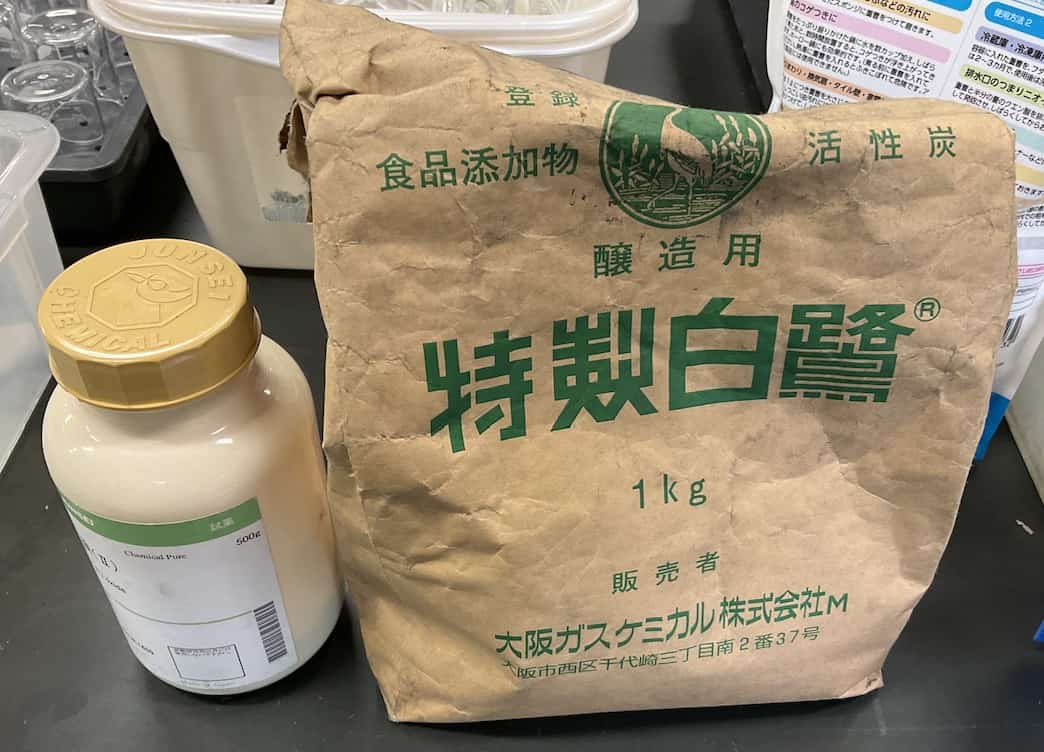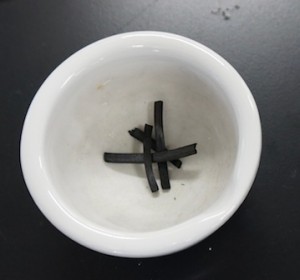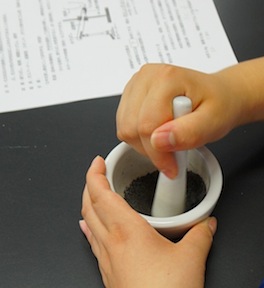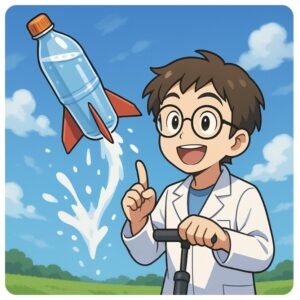Try Making Your Own Fireworks! A Simple Chemistry Experiment (Black Powder & Dry Distillation)
Make Your Own Fireworks and Brighten Up Summer Nights!
Why not make a summer night even more special with homemade fireworks? Let’s try making your own sparklers! Perfect for warm evenings, sparklers can actually be made at home. You’ll need just a few materials: wooden chopsticks, sulfur, potassium nitrate, and Japanese paper (washi). With these, you can create your own original sparkler using homemade black powder.
Here’s a simple overview of the process:
-
Carbonize the chopsticks: This “dry distillation” involves heating the chopsticks at high temperature until they turn into charcoal.
-
Make black powder: Mix the charcoal with sulfur and potassium nitrate to create homemade black powder.
-
Wrap the powder in paper: Use the washi paper to carefully wrap the powder—this is where a bit of craftsmanship comes into play.
Now for the fun part: lighting it! If done correctly, you’ll see small, round sparks, sparkling as they burn—just like store-bought sparklers. It’s almost like launching your very own miniature fireworks into the summer night sky.
Safety first: Because you’re handling explosive materials, always do this activity with an adult and follow proper safety precautions.
Detailed Experiment Procedure
Materials: Wooden chopsticks, potassium nitrate, sulfur, iron powder
Equipment: Gas burner, test tube, rubber stopper with glass tube, mortar and pestle, washi paper, water tank
Note: If you prefer not to make charcoal from chopsticks, you can use commercially available activated charcoal powder instead. This is a convenient alternative for beginners.
Making Charcoal from Chopsticks
First, we steam-bake (dry distill) the chopsticks, heating them while cutting off exposure to air, to separate the volatile and non-volatile components. The chopsticks break down into charcoal, wood gas (flammable gas), wood tar (a dark, sticky liquid), and wood vinegar (a yellow liquid).
Pack the chopsticks into a test tube. Keep in mind that the test tube may get ruined, so it’s best to use an old or slightly dirty one.
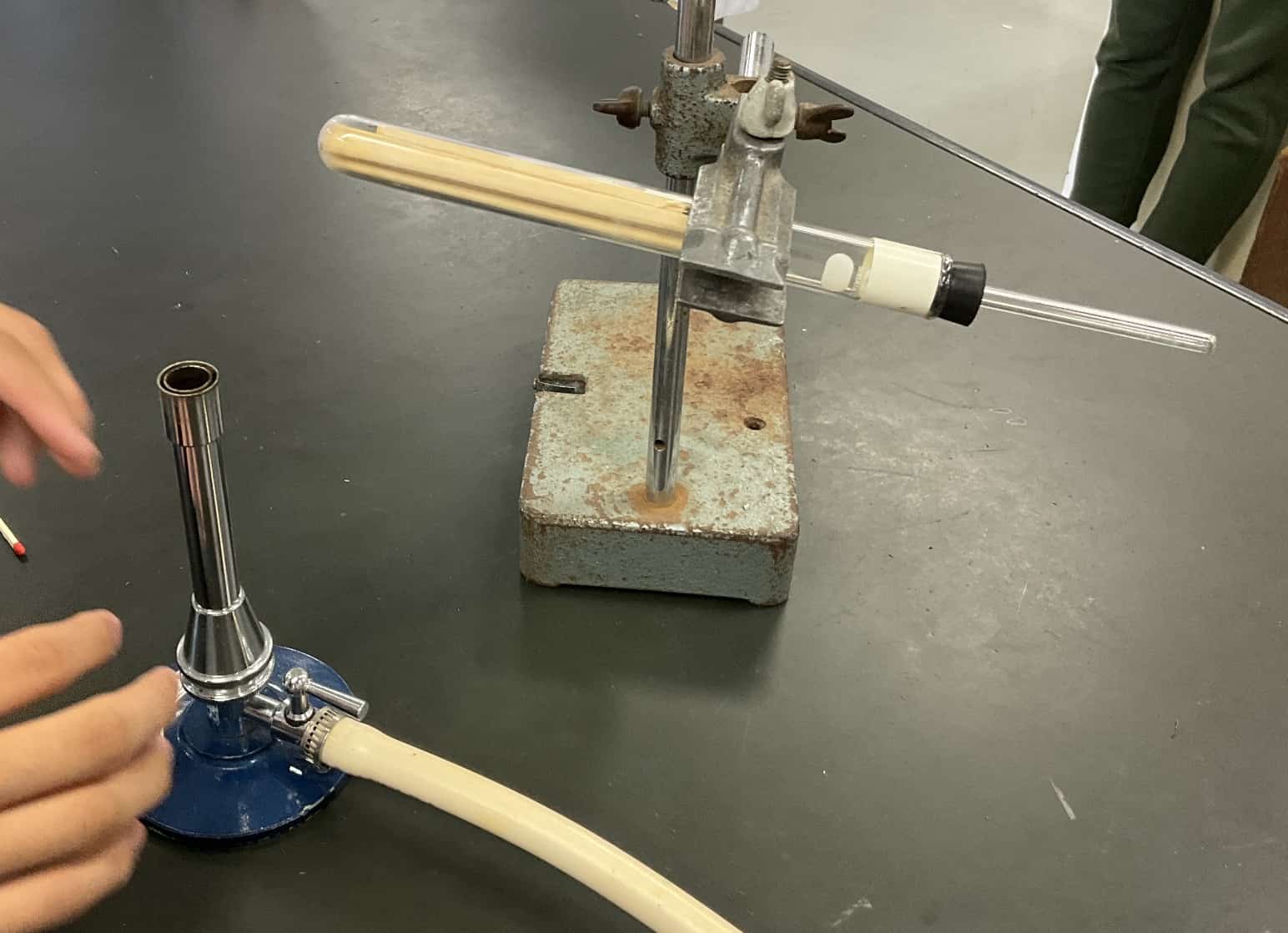
Important safety notes:
-
Always set the test tube mouth down, or it could break.
-
Never seal the test tube completely.
Dry distillation is a topic sometimes seen in middle school exams. Once you start heating, white smoke will begin to appear. It’s fun to try lighting this gas carefully—here’s a video showing it in action.
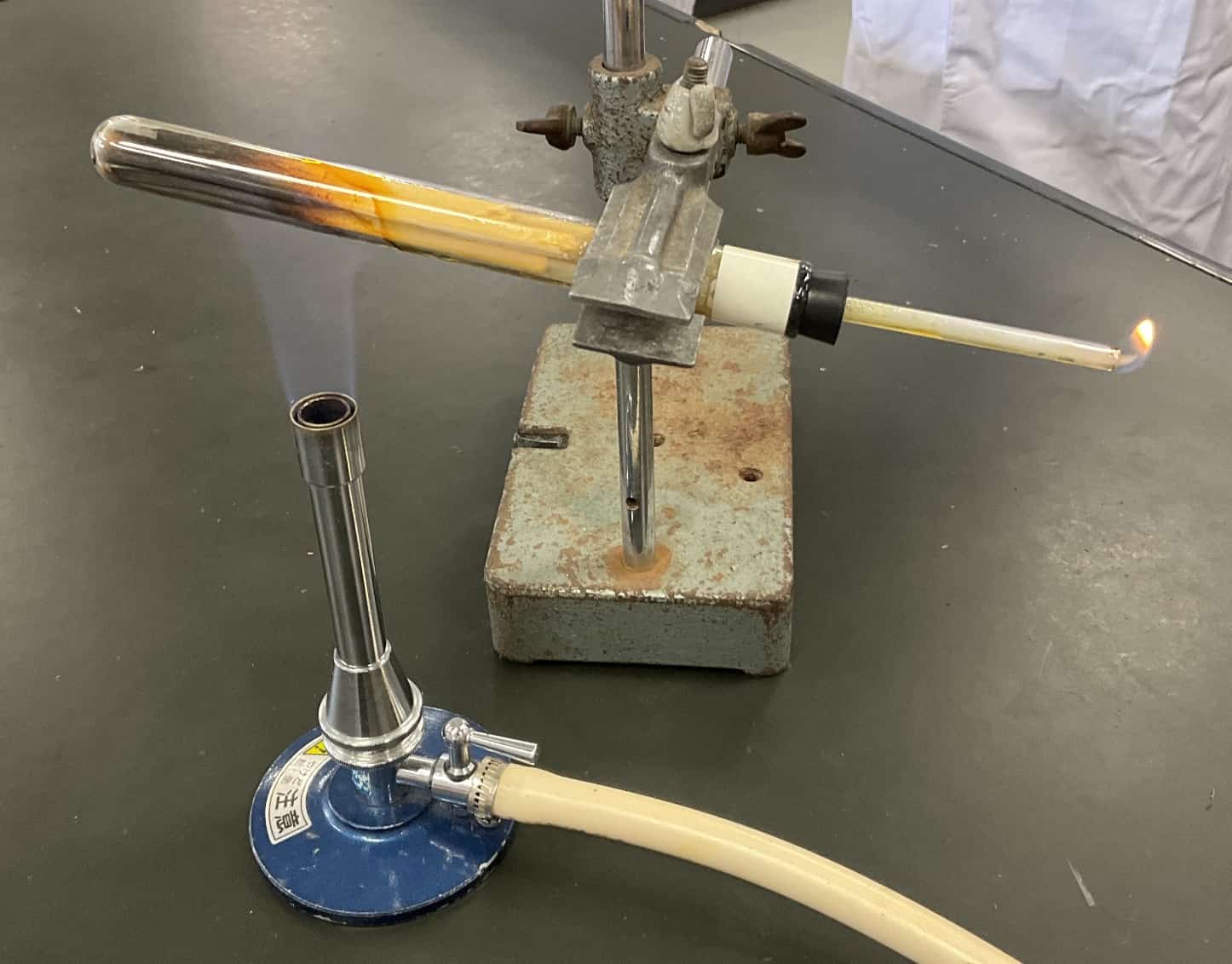
The process is complete when no more gas comes out. Discard the wood vinegar, and take out the charcoal. This should yield about 0.6 grams of charcoal.
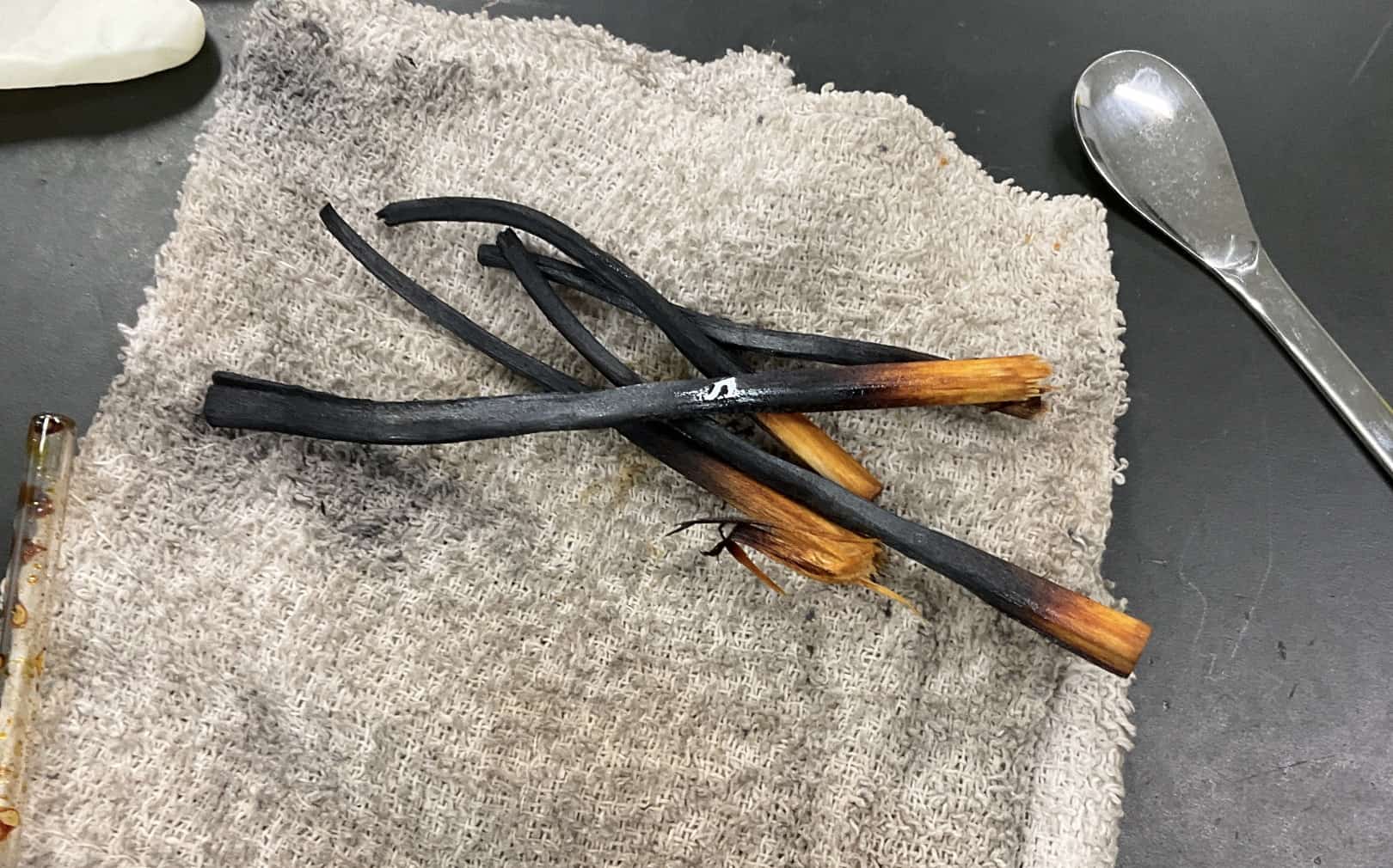
Making Black Powder
Next, mix 0.4 g of charcoal, 0.6 g of sulfur, and 3.0 g of potassium nitrate in a mortar until well combined. If you’re not making charcoal yourself, you can use commercially available powdered charcoal.
This mixture is black powder, historically used in firearms such as matchlock guns. Each component has a role:
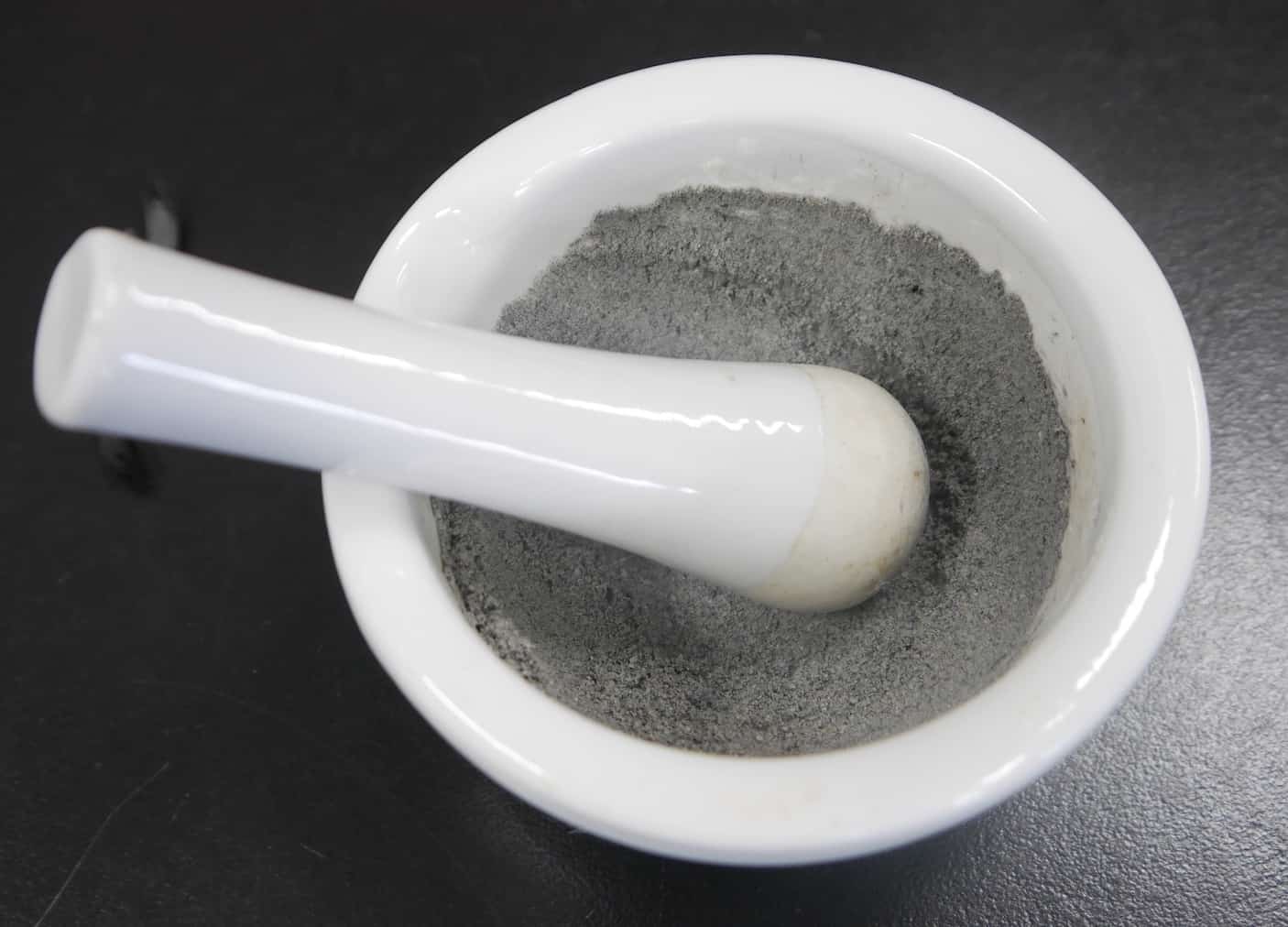
-
Charcoal: acts as the fuel.
-
Sulfur: lowers the ignition point (232°C), since charcoal alone ignites at around 250–300°C.
-
Potassium nitrate: serves as an oxidizer, supplying oxygen for combustion.
You will get a gray powder.
Take about two small spoonfuls of this black powder and place it on a strip of thin Japanese paper (washi). Then carefully twist the paper by hand.
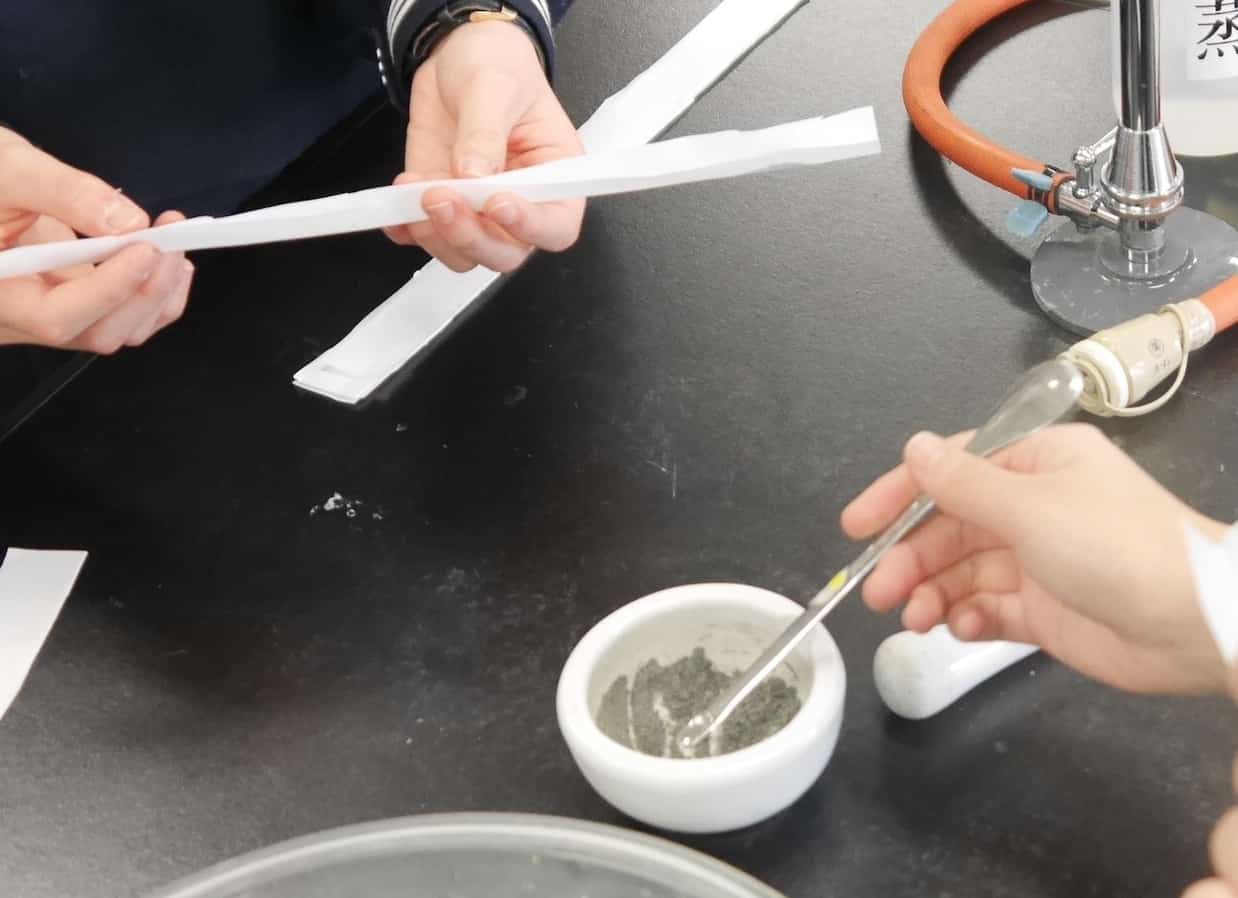
Here’s an important point: the way you place the powder affects how well the sparkler will burn.
-
Cut the paper into strips about 2.5 cm wide.
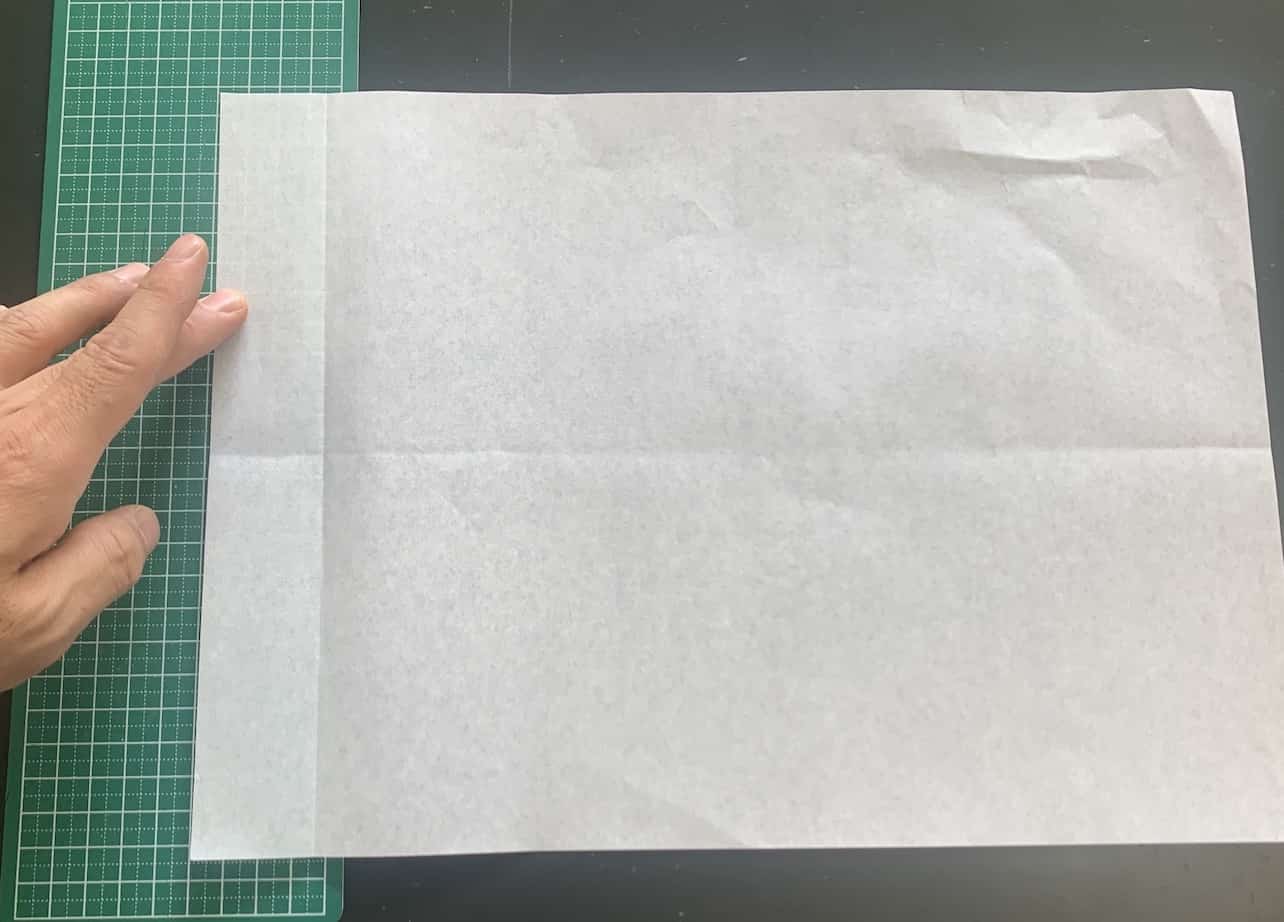
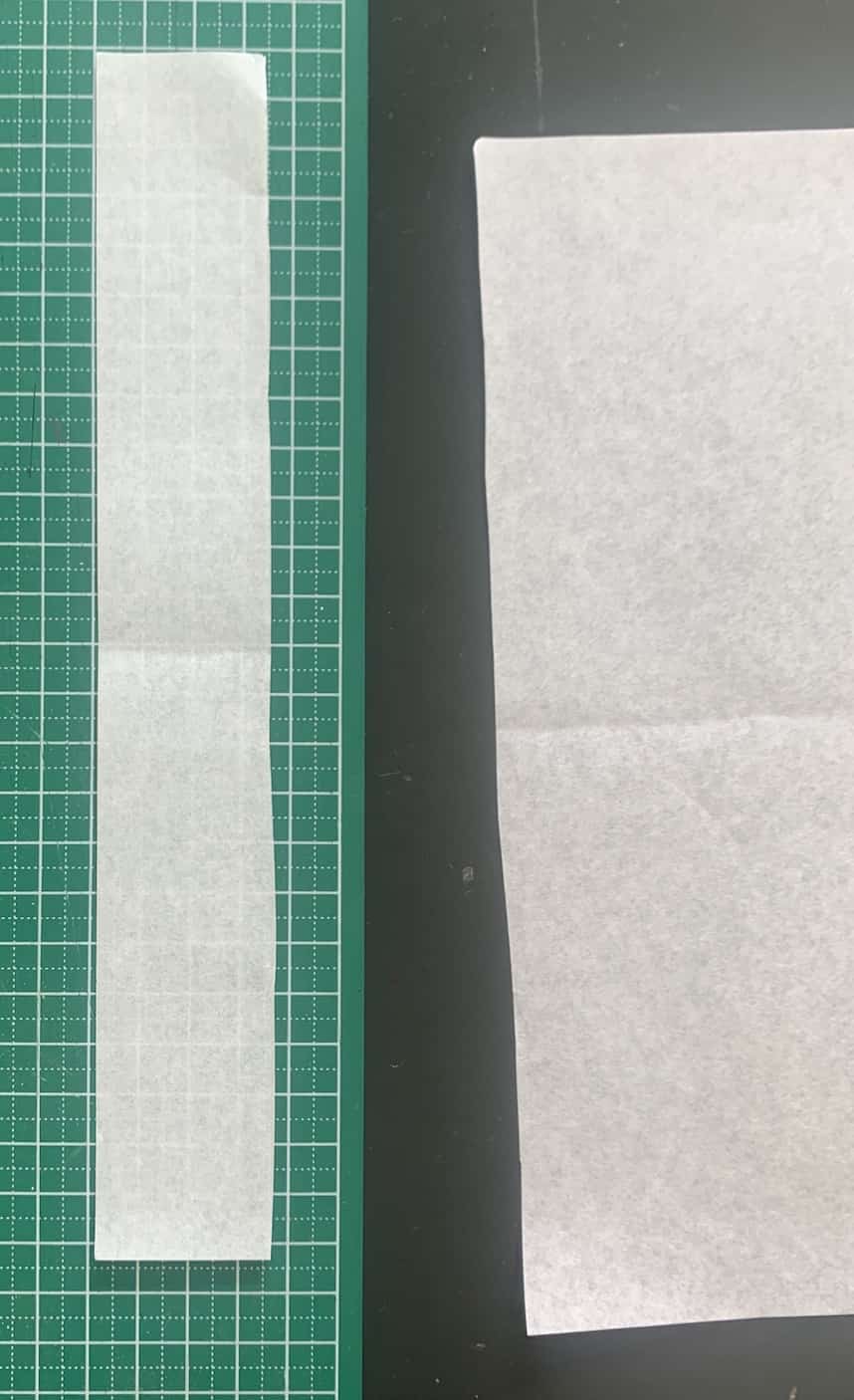
-
Place the black powder along the strip, adding slightly more in the middle. (In the diagram, I highlighted it with a marker for clarity.)
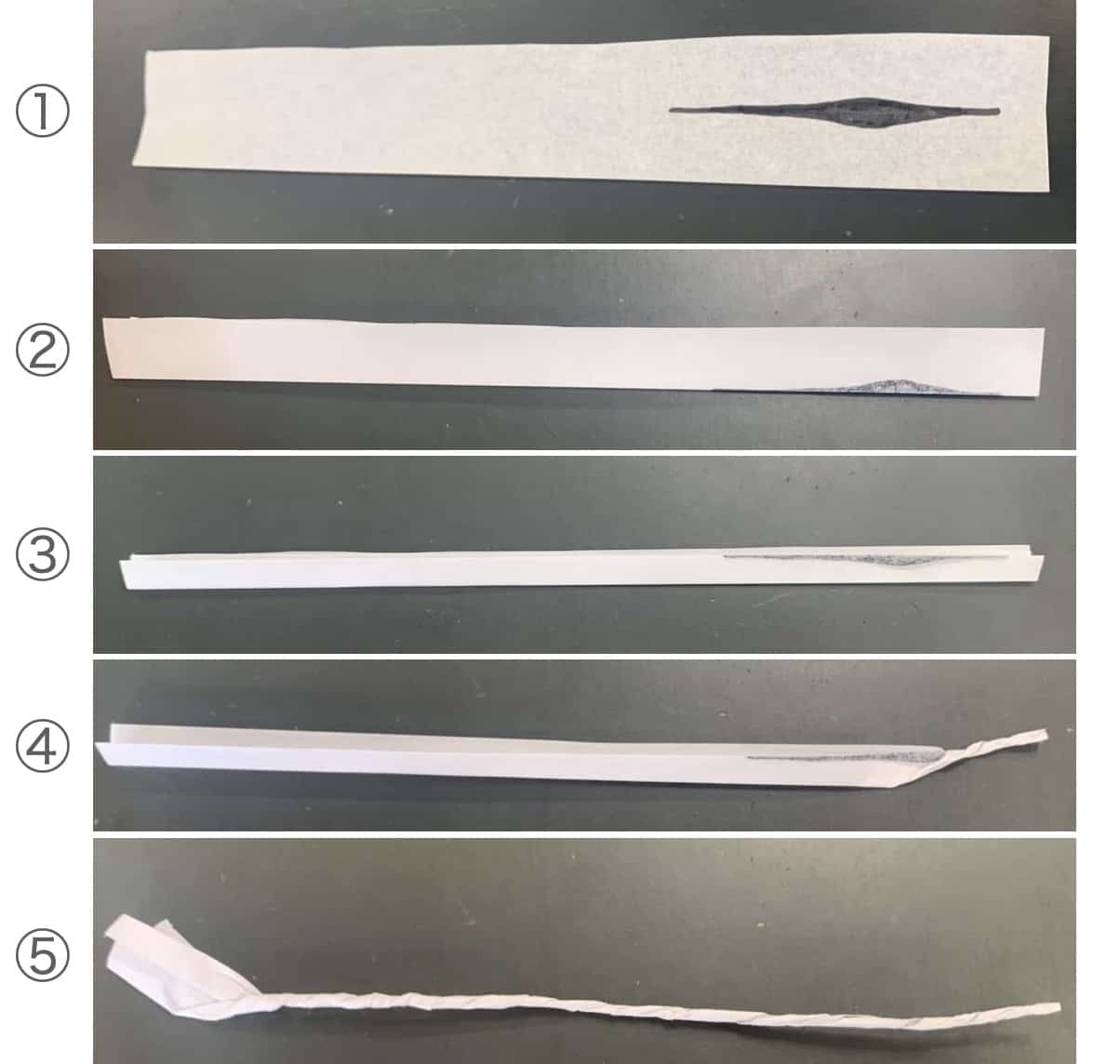
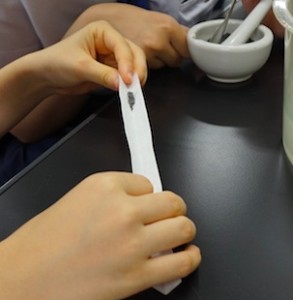
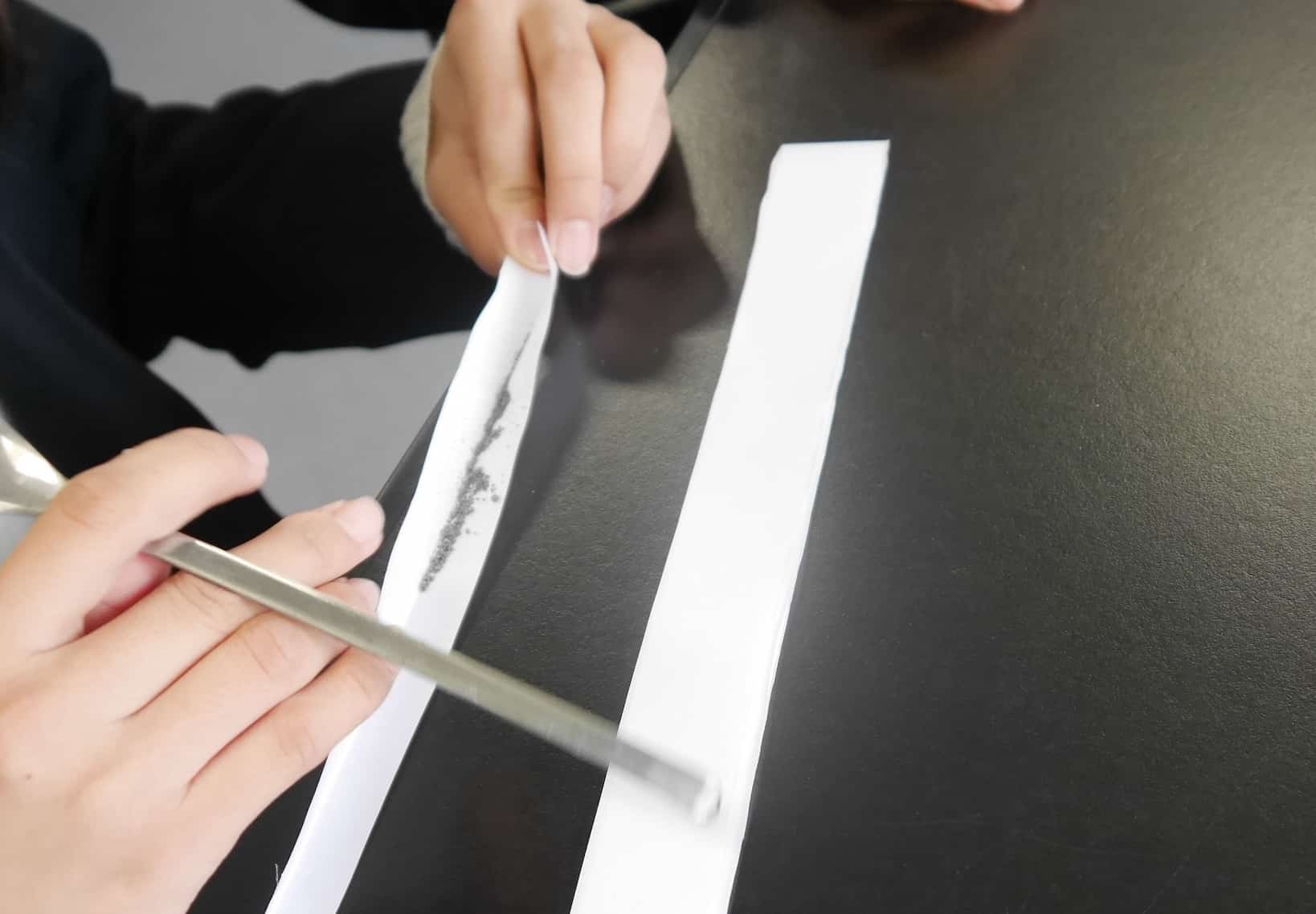
-
Fold the paper carefully to remove air, as shown in steps 2 and 3.
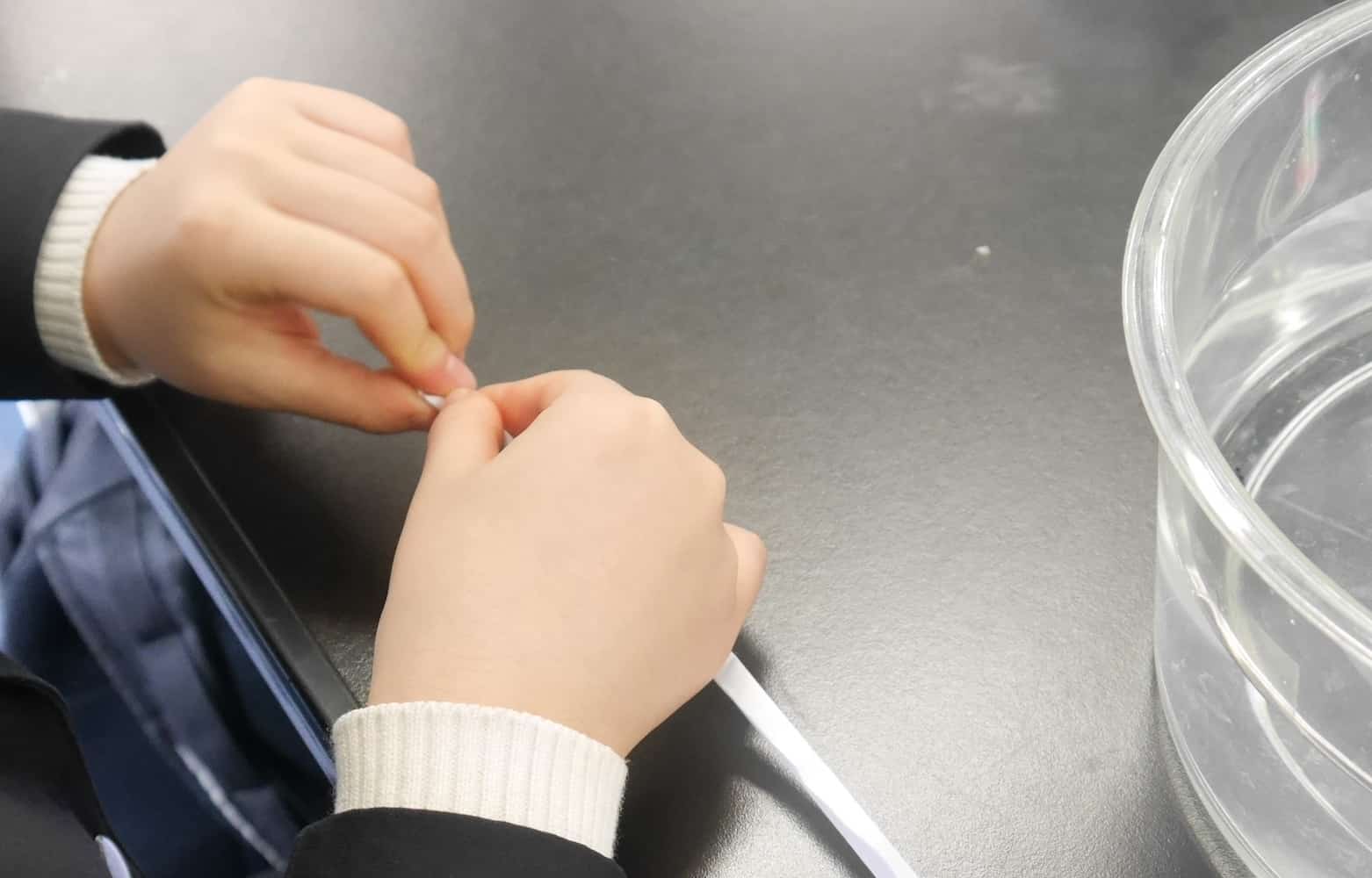
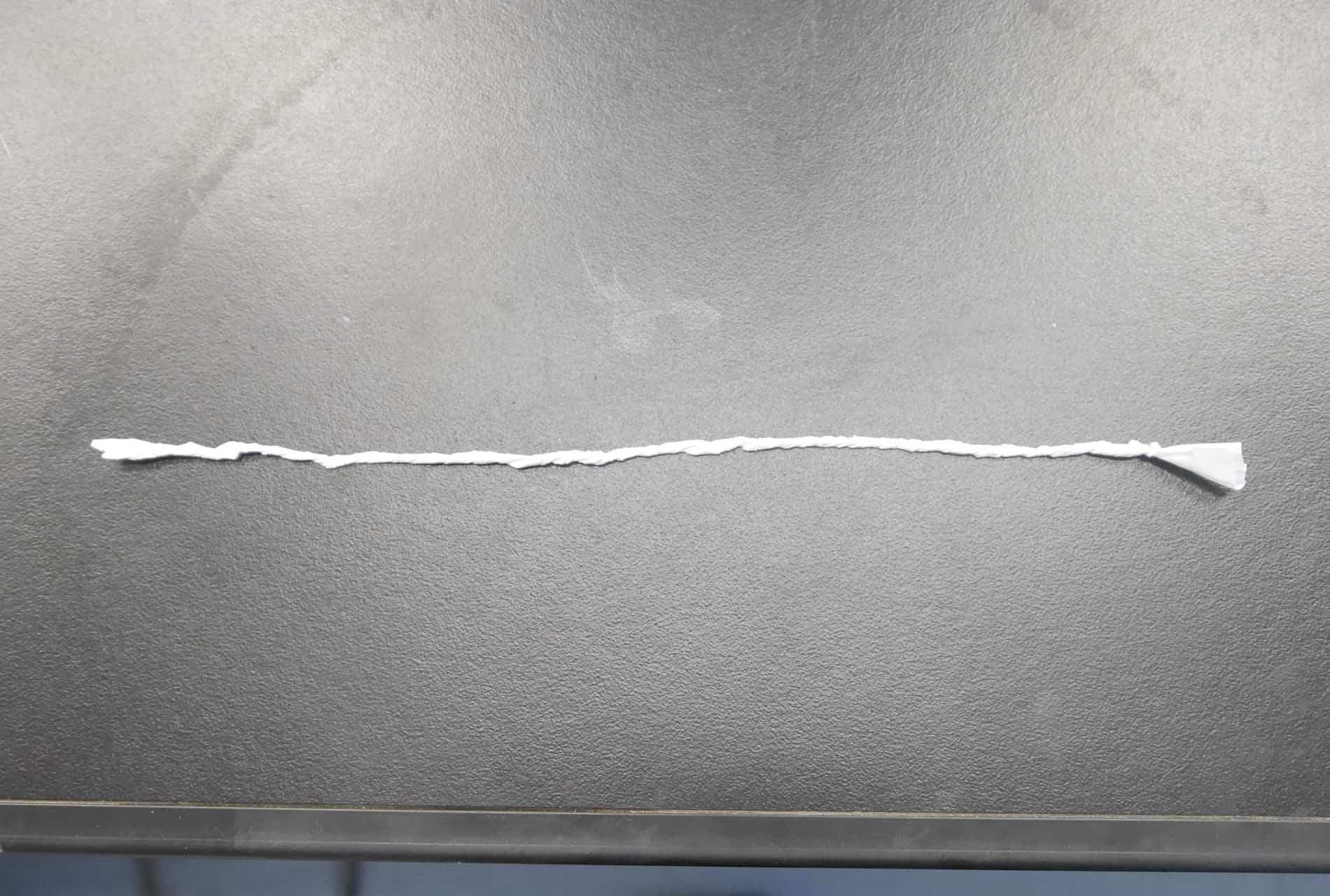
-
Finally, twist the paper tightly as in steps 4 and 5—then your sparkler is complete.
Use a small medicine spoon to scoop the powder onto the paper, and twist it carefully by hand.
Safety tips:
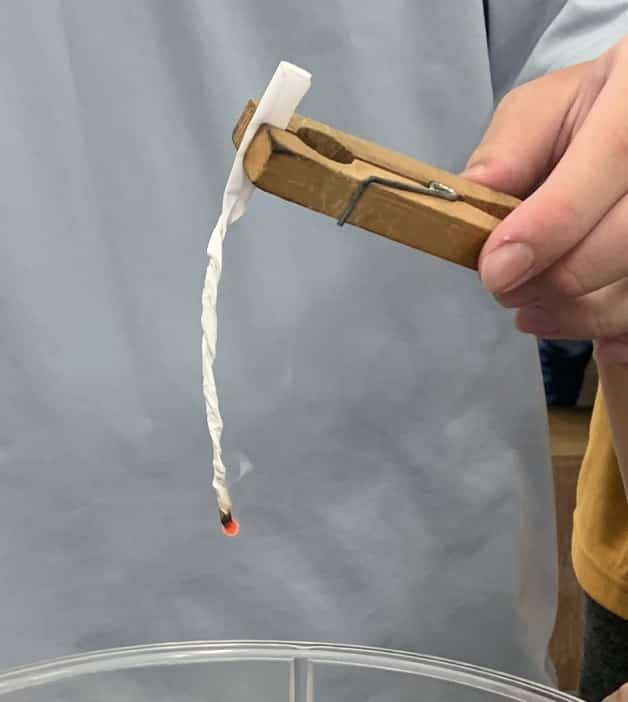
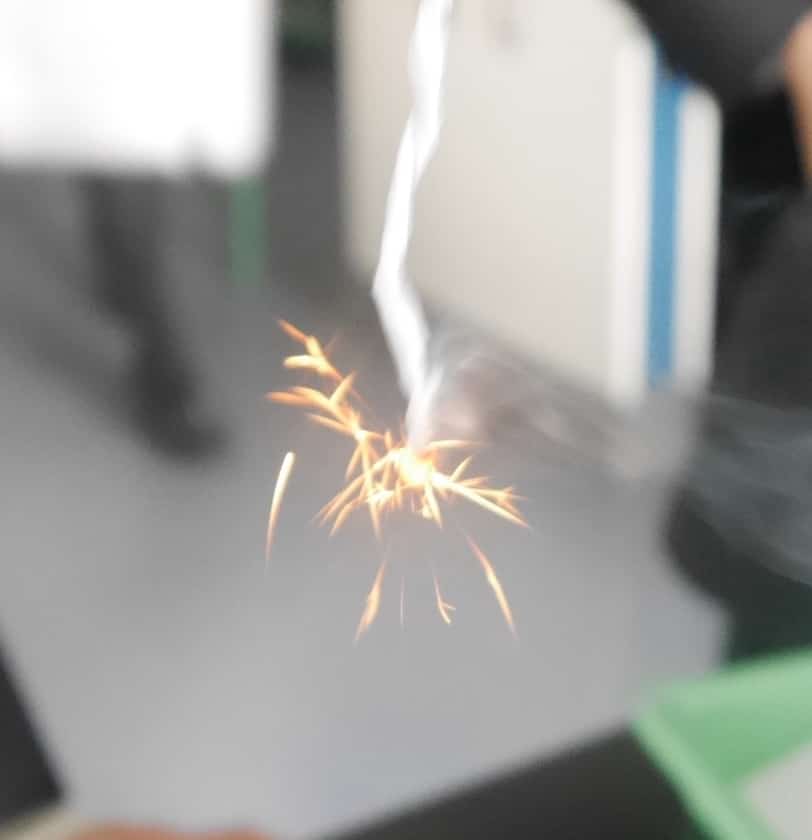
-
Always work over a water-filled container.
-
Hold the top with test tube tongs while burning the bottom end.
-
If it feels too hot, release it immediately.
If done correctly, you’ll see a small, bright spark, just like a store-bought sparkler.
Here’s a video showing a successful sparkler in action.

